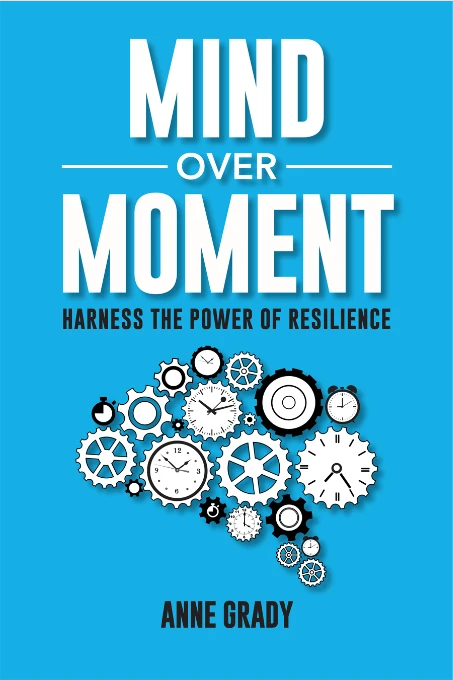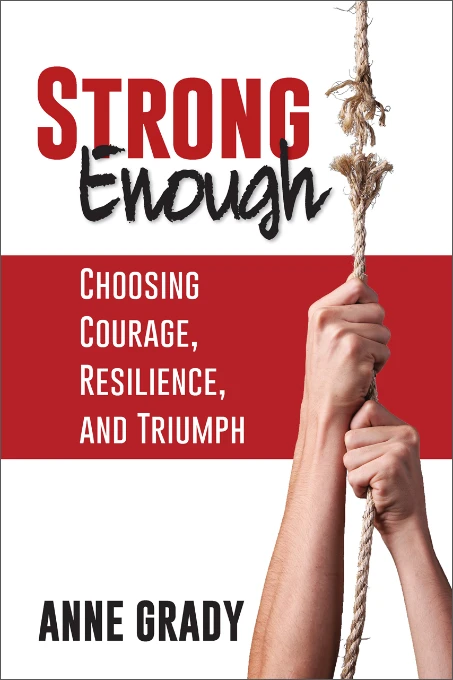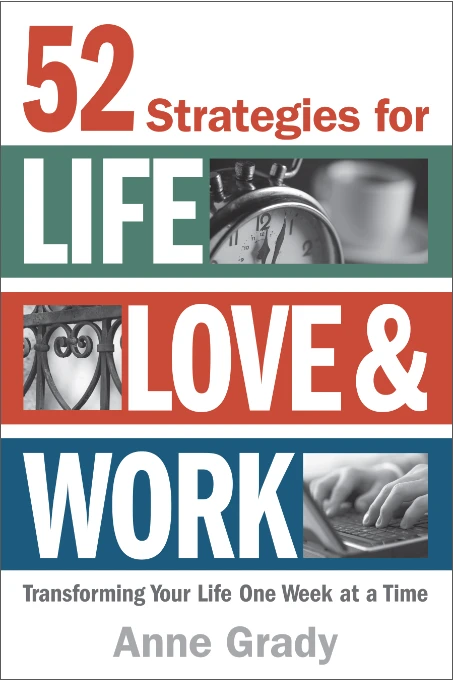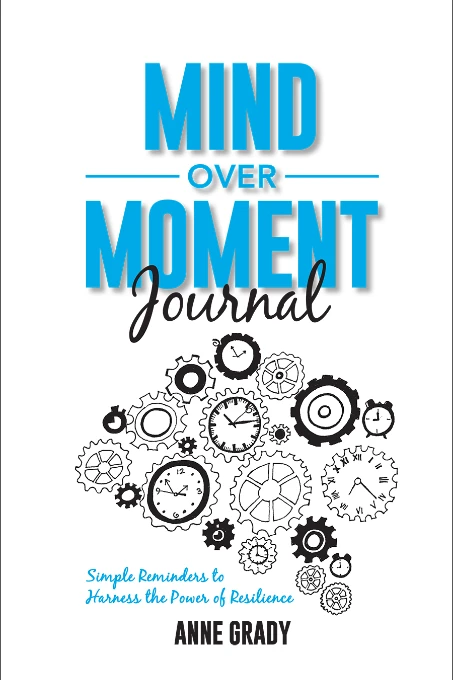Are you guilty of filling in the blanks?
Are you guilty of filling in the blanks?
Are you guilty of filling in the blanks?
Let’s do an experiment. Fill in the blank. “If at first you don’t succeed, ____________”. You may be thinking, “try, try again”, but I was thinking, if at first you don’t succeed, failure may be your thing.
The way you filled in the blank may be an indicator of how inclusive you are.
As adults, we don’t listen to understand, we listen to respond. Our brain likes predictable patterns, and it is always trying to fill in the blanks. When we try to fill in the blanks, we often fill them incorrectly, and it can cause people to not feel heard, valued, or included.
Anytime you are communicating, you bring with your past experiences, both good and bad, with you. We are so inside of our own reality, that it’s easy to forget that our realities can be very different.
Diversity and inclusion go beyond race or sexual orientation. My son Evan has autism, and this invisible difference often makes him feel excluded and different. Transplant someone from New Jersey into South Texas (I’m speaking from experience), and the words “similar” and “included” are not how I would describe my experience. Two people can look and sound identical and still be completely different.
We have to stop filling in the blanks if we want to create real equality and inclusion.
How do you make someone feel included?
Really listen
We speak at approximately 125-150 words per minute, but we are able to listen to and comprehend 400-600 words per minute. That means that while other people are talking, we have lots of time to think about other things. Do you check your phone while you are in conversations? 86% of adults do, and it is the exact opposite of listening.
The moment people see you are trying to understand them, they become less defensive. Rather than spending your time trying to convince someone that you are right, truly listen to understand where the other person is coming from. Listening is not an easy skill. It requires you to stop thinking and doing so that you are able to truly focus on what the other person is saying. You will be far more effective if your intent is to listen to understand, not to be understood.
Be genuinely curious
I’ve yet to meet someone who is offended when I ask a question about their background, culture, or experiences. The beauty of diversity is that we all bring our own gifts, knowledge, and experiences to the table. When we make assumptions or judgements about others without first trying to understand, we are not only filling the blanks in wrong, but we offend people in the process. It is okay to ask questions, paraphrase for understanding, and show genuine curiosity. It is how we learn. Two great ways to start are, “Can you help me understand….” Or “Can you help me understand where you’re coming from…”
Invite others to share their story
The best way to invite others to share their story is the offer to share your own. In the past, the idea of vulnerability was usually associated with weakness. In recent years, the word vulnerability has come to be used in a broader context — as in when you choose to share parts of yourself that you might be tempted to keep hidden. If you choose to show vulnerability with another person, that’s not a sign of weakness. It’s a demonstration of courage and builds connection and trust. This doesn’t mean you should air dirty laundry or show people that rash that keeps spreading, but it is okay to let your guard down. Not only is it okay, it helps you build resilience. When we are vulnerable, we make it safe for others to be the same.
Community and connection are created when we take time to understand and celebrate our differences as well as our similarities. I don’t know anyone that wakes up and says, “I can’t wait to frustrate and disappoint the people I interact with today”. We wake up wanting to be successful, happy, and the best possible version of ourselves. Every human being has a fundamental need for connection and inclusion. That is what connects us.
Stay brave and resilient,
Anne
I had an incredible time chatting with @dr.cindyspeaks on Positively Altered about one of my favorite topics >> resilience!
💪 We covered everything from how stress affects the brain to actionable strategies for resetting your resilience and reclaiming balance. Plus… we even talked donkeys!
🎧 Listen here: https://podcasts.apple.com/us/podcast/episode-23-the-resilience-reset-transforming-stress/id1773804535?i=1000699134975
In this episode, we dive into:
🧠 How to train your brain for resilience
😩 The power of sitting in the “suck”
💡 Simple strategies to reset stress and find balance
If you’re ready to transform stress into strength, this one’s for you!
What is on your to-do list for the week? ✅
I’m sure it includes meetings, tasks, personal chores, and follow-ups, but does it include things that bring you joy?
Instead of waiting for happiness, create it.. You can even focus on enjoyable things while doing the have-to do things.
Slogging through paperwork? Light a candle and listen to your favorite tunes.
Going for a drive? Listen to a stand-up comic or a great book.
Don’t neglect what brings you joy and happiness—make it a ritual and part of your resilience-building routine.
You know that heart-stopping moment when you try to change lanes, only to realize that someone is in your blind spot?
Blind spots aren’t just for driving. In life and leadership, we all have blind spots—things others see clearly that we don’t.
The tricky part? Blind spots aren’t always glaring flaws. Often, they’re our good intentions getting lost in translation. So, how do you uncover them?
Here’s a simple twist that will make a big difference: Ask for advice instead of feedback. 🗣
This slight shift makes people more likely to offer constructive, actionable insights—without triggering defensiveness. Plus, it builds trust and strengthens relationships.
Rather than trying to make drastic changes, pick one behavior and integrate it into your day.
Want to start a gratitude practice? Do it while you brush your teeth. Want to take deep breaths? Practice while you make coffee. Adding a new habit to an existing one makes it easier to stick with it.
#mindfulmonday #habitstacking #atomichabits #jamesclear
Humor changes your biochemistry, emotions, thoughts, and behavior. 😆
A positive mood boosts your immune system! Whether you find your laughter through being around friends, going to a comedy show, watching funny movies, or just being goofy, don’t underestimate the power of a belly laugh and a sense of humor.

Anne Grady is a Speaker, Author, and #TruthBomb Dropper.
Anne shares practical strategies that can be applied both personally and professionally to improve relationships, navigate change, and triumph over adversity. And she’ll make you laugh while she does it. Anne is a two time TEDx speaker, and her work has been featured in numerous media outlets, including Harvard Business Review, Entrepreneur, Forbes, Fast Company and Inc. magazines, CNN, ESPN, and FOX Business. She is the best selling author of 3 books. Her newest, Mind Over Moment: Harness the Power of Resilience, is available on Amazon now.






